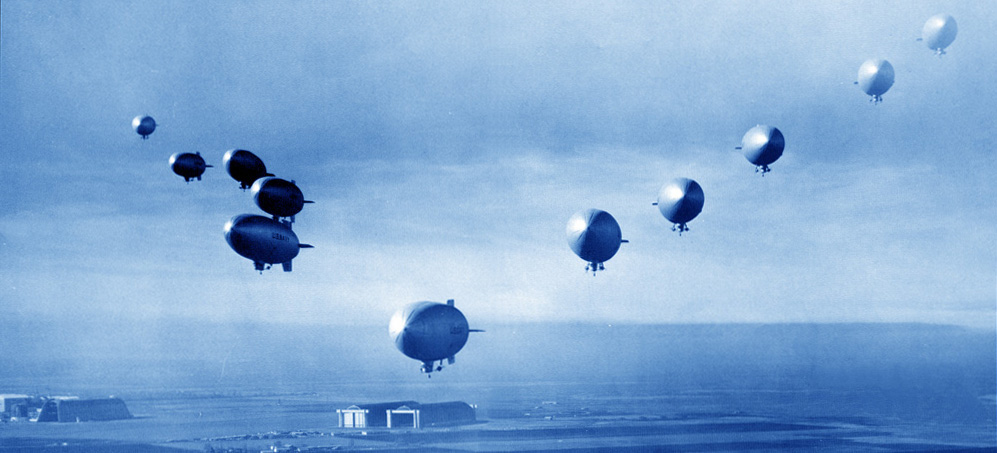Air Operations, Europe
BOMBER COMMAND- 72 aircraft are sent to bomb Brest. 3 Manchesters and 2 Hampdens are lost. The 3 Manchesters lost are all from 61 Squadron.
- In minor operations, 31 aircraft are sent to St Nazaire, 14 to Le Havre and 13 drop leaflets over France, all with no losses.
Battle of the Atlantic
- U-107 sinks the British tanker San Arcadio (7419t) north of Bermuda with the loss of 41 of her crew. 9 survivors are rescued by a Mariner flying boat and taken to Bermuda.
- The British tanker Tacoma Star (7924t) is torpedoed and sunk by the German submarine U-109 off the US east coast. The US destroyer Roe (DD-418) is sent to rescue survivors.
- U-333 mistakenly sinks the German blockade runner Spreewald (5083t) northwest of Portugal with the loss of 72 on board. 80 survivors are rescued from lifeboats by U-105 2 days later.
Burma
In Burma there is more heavy fighting at Moulmein causing British troops to retire northward across the Salween River. The town falls to the Japanese. The Japanese bomb and shell Martaban. A brigade of the 19th Indian Div reaches Rangoon.
[Diplomatic Relations
Great Britain recognizes the independence and sovereignty of Ethiopia, now liberated from Italian occupation.
[Eastern Front
SOUTHERN SECTORDuring the Barvenkovo-Kozovaya offensive operation the South and Southwest Fronts lose 11,095 killed and missing and 29,786 wounded. The Germans have by this time largely contained the Soviet offensive around Kharkov.
The German Army on the Eastern Front can now deploy only 4,241 tanks and self-propelled guns.
GERMAN DEPLOYMENTDuring January the Germans commit 7 infantry and 2 security divisions to the fighting. No divisions leave the line but many are well below their regulation strengths. As an example the 23rd Infantry Division has around 1,000 men, while the 106th has just 500 left in the combat line. The 4th Army has just 32 field guns and howitzers and 12 assault guns left at its disposal. The Germans have increased their commitment to 19 panzer, 15 motorized and 115 infantry divisions.
During January 1942 the Germans lose 48,000 killed in the east.
[Indian Ocean
I-64 sinks the Indian steamer Jalapalaka (4215t) east of Chennai, India with the loss of 13 of her crew. There are 54 survivors.
[Malaya
At 8:15a.m. The last Australian-British forces are withdrawn from the Malayan mainland to Singapore. The three-quarter-mile causeway connecting the island with the mainland is blown up(30th?) and the seige of Singapore begins. Lt-Gen A. E. Percival, GOC Malaya, issues this message: 'The battle of Malaya has come to an end and the battle of Singapore has started.' The island is divided into three defensive sectors, north, south and west, under Generals Heath, Simmons and Bennett, respectively. The troops under their commands include Indians, British, Australians, Canadians and Malayans. The Japanese occupy the city of Johore Bharu, opposite the island, and at once begin shelling. Their main targets are store depots and airfields, especially that at Kalang.
Malta
During January Axis aircraft have carried out an average of 13 raids per day on the island.
[Mediterranean
The British submarine Thunderbolt sinks the Italian steamer Fertilla (986t) northeast of Brindisi.
[North Africa
There are violent RAF attacks on Misurata and Tripoli. Axis troops take Barce and advance towards Cyrene.
[Philippines
On Luzon Japanese attacks are driven off by heavy artillery fire. The Japanese units that have infiltrated behind the main American lines are still cut off from supplies. During the night they begin to evacuate their bridgehead across the Pilar River. Reinforcements for the Japanese are sent to the Quinauan bridgehead.[MORE]
[ Airship Patrol Squadron 32 over Naval Air Station Moffett Field |
 |